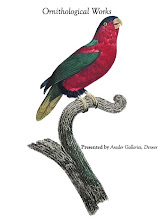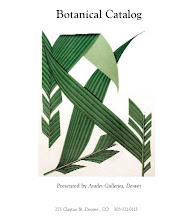
This year commemorates the 400th anniversary of Galileo's use of a telescope to study the skies and Kepler's publication of Astronomia Nova. With the quadricentennial of modern astronomy upon us, Arader Galleries, Denver celebrates the numerous astronomical and scientific milestones by highlighting our favorite celestial cartographer, Johann Bayer. Indeed, the history of astronomy can be traced through its imagery—particularly through the development of celestial maps.
Though he was a lawyer and not an astronomer by profession, Johann Bayer created one of the most memorable seventeenth-century guides to the constellations, entitled “Uranometria” in honor of Urania, the muse of astronomy. First published in Augsburg in 1603, the “Uranometria” included celestial maps that were not only highly appealing on a visual level, but also significant in the history of astronomy. They were the first charts to identify astral magnitude (brightness) with a lettering system, using Greek characters for the brighter stars and Roman letters for the fainter. Although the Italian cartographer Alessandro Piccolomini had earlier used a somewhat similar system, it was not until Augustin Royer used the Bayer letters in 1679, followed shortly by John Flamsteed, that the system gained currency among celestial chartmakers. Bayer's atlas also added twelve new constellations, in the southern sky, to the forty-eight of Ptolemy.
Bayer's stellar lettering system -- which we still use for stars visible to the naked eye -- and his presentation of the recently discovered constellations were significant contributions to celestial cartography. Ironically, it may be that his work on the atlas had an ulterior motive. Bayer, by profession a lawyer, was really an amateur astronomer. He dedicated his atlas to the city council and to two leading citizens of Augsburg, who rewarded him with an honorarium and, later, a seat on the council as legal adviser. In any event, these are important star charts of considerable charm from the early seventeenth century.
Of all the sciences, the history of astronomy is the most resonant with a sense of mystery and intellectual excitement. We believe that maps and other images of the heavens succeed in some degree in conveying that resonance.
*Please contact us if you would like more information on the set of four (framed) pictured above.


 To create a similar feel, a set of Mathews views of Colorado would look stunning in a mountain home.....
To create a similar feel, a set of Mathews views of Colorado would look stunning in a mountain home.....


 Botanicals look good with any style, see our new set of framed Fuchs botanicals....
Botanicals look good with any style, see our new set of framed Fuchs botanicals....



